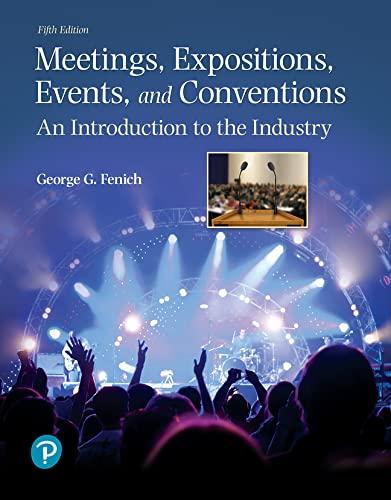
(Total 11 marks) Question 5 Required: a) Bradd Enterprises is currently an all-equity financed firm with an expected return of 12%. It is considering borrowing money to buy back some of its existing shares, thus increasing its leverage. Assume a perfect capital market i) Suppose Bradd borrows to the point that its debt-equity ratio is 0.75. With this amount of debt, the cost of debt is 7%. What will the expected return of equity be after this transaction? (1 mark) ii) Suppose that instead, Bradd borrows to the point that its debt-equity ratio is 1.3. With this amount of debt, Bradd's debt will be much risker. As a result, the cost of debt will be 8%. What will the expected return of equity be in this case? (1 mark) iii) Discuss your answers in i) and ii) with reference to Modigliani and Miller's Proposition 2 (MM2). Particularly, link your answer to the type of risks involved. (3 marks) b) How can the use of debt financing better align the incentives of managers with the interests of shareholders? (2 marks) c) Milton Industries has no debt and expects to generate free cash flows of 20 million each year. Milton believes that if it permanently increases its level of debt to 45 million, the risk of financial distress may cause it to lose some customers and receive less favourable terms from its suppliers. As a result, Milton's expected free cash flows with debt will decrease to 18 million per year. Suppose Milton's tax rate is 30%, the risk free rate is 1%, the expected return of the market is 7%, and the beta of Milton's free cash flow is 1.2 with or without leverage. i) Estimate Milton's value without leverage. (2 marks) ii) Estimate Milton's value with the new leverage. (2 marks) (Total 11 marks) Question 5 Required: a) Bradd Enterprises is currently an all-equity financed firm with an expected return of 12%. It is considering borrowing money to buy back some of its existing shares, thus increasing its leverage. Assume a perfect capital market i) Suppose Bradd borrows to the point that its debt-equity ratio is 0.75. With this amount of debt, the cost of debt is 7%. What will the expected return of equity be after this transaction? (1 mark) ii) Suppose that instead, Bradd borrows to the point that its debt-equity ratio is 1.3. With this amount of debt, Bradd's debt will be much risker. As a result, the cost of debt will be 8%. What will the expected return of equity be in this case? (1 mark) iii) Discuss your answers in i) and ii) with reference to Modigliani and Miller's Proposition 2 (MM2). Particularly, link your answer to the type of risks involved. (3 marks) b) How can the use of debt financing better align the incentives of managers with the interests of shareholders? (2 marks) c) Milton Industries has no debt and expects to generate free cash flows of 20 million each year. Milton believes that if it permanently increases its level of debt to 45 million, the risk of financial distress may cause it to lose some customers and receive less favourable terms from its suppliers. As a result, Milton's expected free cash flows with debt will decrease to 18 million per year. Suppose Milton's tax rate is 30%, the risk free rate is 1%, the expected return of the market is 7%, and the beta of Milton's free cash flow is 1.2 with or without leverage. i) Estimate Milton's value without leverage. (2 marks) ii) Estimate Milton's value with the new leverage. (2 marks)







